The new mysteries of coronavirus
What should be done as we try to unravel them?

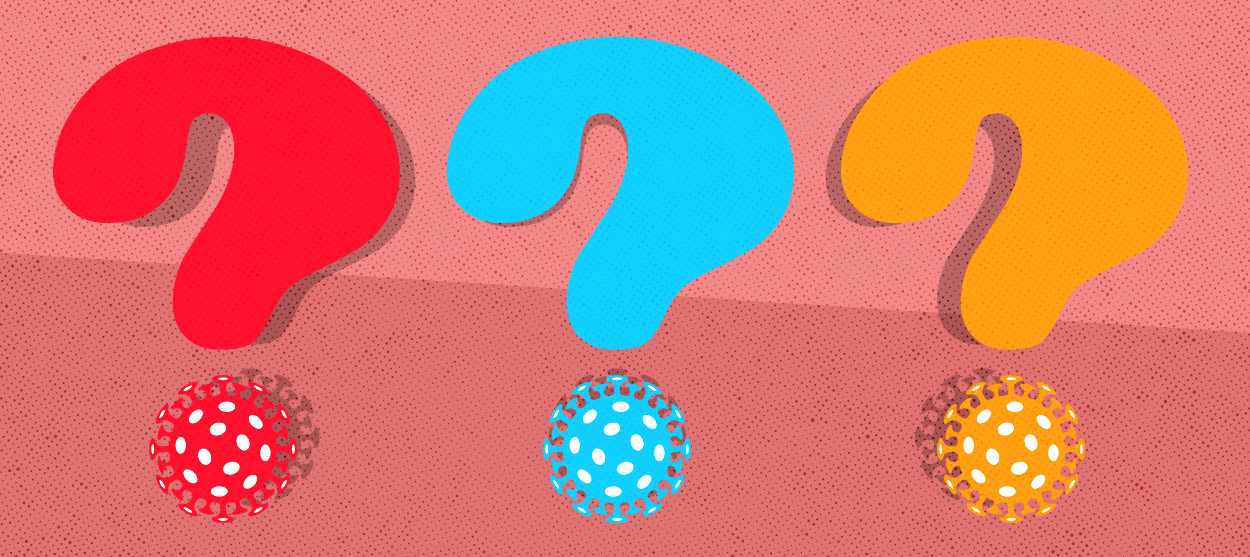
In some of the hardest hit parts of the West, the pandemic is starting to peak. In Italy, the daily number of new confirmed cases peaked on March 21; the daily number of deaths peaked on March 27. In New York, the peak day for new confirmed cases may have been April 4, and new deaths are trending down. It is entirely reasonable for these countries and states to start talking about — and planning for — a relaxation of restrictions and a resumption of economic and social life on some terms.
But what terms? To be effective, any strategy for relaxing restrictions needs to be informed by a more detailed understanding of the virus — what facilitates its spread, and where its spread is most dangerous. Unfortunately, as the pandemic has progressed, everything we've learned has simultaneously opened up new mysteries, ones with a direct bearing on addressing the next phase of the crisis.
Why does Europe's case fatality rate appear to be so much worse than America's? Belgium has a case fatality rate of nearly 13 percent. America's is about 4 percent. And it's not just an artifact of testing; Belgium and America have each tested at almost the identical rate, about 8,800 people per million. Moreover, New Jersey — one of the densest states with the second-highest case rate and the second-highest death rate in America — has a case fatality rate comparable to the national average. Even New York, the worst-hit state, has a case fatality rate of 5 percent. Why?
The Week
Escape your echo chamber. Get the facts behind the news, plus analysis from multiple perspectives.

Sign up for The Week's Free Newsletters
From our morning news briefing to a weekly Good News Newsletter, get the best of The Week delivered directly to your inbox.
From our morning news briefing to a weekly Good News Newsletter, get the best of The Week delivered directly to your inbox.
Case fatality rates like those are all eye-wateringly terrifying, but they are well-known to be overestimates of the true fatality rate because most people who have had the virus and don't develop severe symptoms are still not being tested. But how prevalent have COVID-19 infections been already? No one seriously believes that we've gotten anywhere close to herd immunity in the general population — but estimates of the number of asymptomatic or mildly symptomatic cases vary enormously. A recent German study estimated that, globally, infection rates could be 30 to 80 times higher than the official tallies. A Massachusetts study of viral particles in sewage had an even wider range; it estimated that the true number of infections could be from 5 to 250 times higher than the number of confirmed cases.
Even if we're nowhere near herd immunity, the differences between the low and high end range have vast implications for public health — because they paint very different pictures of both how infectious and how deadly the virus is. At the low end, we'd know that we'd acted in time to significantly slow the spread of the disease, and that a "pump the breaks" strategy would therefore be a feasible response to future outbreaks — and a necessary one, because widespread outbreaks could lead to mass fatalities. (And fatality counts are also fuzzier than one would like, since people dying at home who haven't been tested won't get counted in the COVID-19 totals.) At the high end, meanwhile, we reach the opposite conclusion: We acted far too late to restrain the spread of COVID-19, but the virus is far less-deadly than anticipated. If that is the case, the focus going forward should be overwhelmingly on protecting vulnerable populations.
How do we do that, though, when we don't really know precisely who the vulnerable populations are? We do know some risk factors: age, sex (men appear to be hit harder than women), certain underlying medical conditions like hypertension, diabetes and lung diseases. Viral load seems to make a difference to the severity of infection for healthy people, which is why front-line health-care workers are so at risk (along with other workers who are likely exposed to a lot of infected people in enclosed spaces, like subway conductors and bus drivers). But factors like stress and lack of sleep may be just as important. We need to know a lot more about how the virus operates to be able to give people clear rules for who needs to severely limit their exposure even after restrictions start to lift, and how the rest of us can improve our odds of having a good outcome from any interaction with the virus we have.
So what can we do, in our state of ignorance? How can we structure a plan for progressively opening up social and economic life that will be effective, both in protecting public health and restoring public confidence?
A free daily email with the biggest news stories of the day – and the best features from TheWeek.com
First, we can take concrete steps to reduce that ignorance. True mass-testing for the virus itself is a long way off, but blood testing to determine the prevalence of antibodies to COVID-19 should be easier to scale up quickly and will give us a much clearer picture of how far the disease has spread. Not a perfect picture — we'll have to contend with false negatives (and false positives, if the test is insufficiently specific), as well as with the fact that some people who were infected don't manifest a very high level of antibodies, all reasons why "immunity passports" may be a non-starter. But even accounting for these factors, we should be able to dramatically reduce the uncertainty about the spread of the disease.
Similarly, looking at excess deaths in hard-hit geographies should give us another measure of the fatality rate. It's not a perfect measure for the fatality of the virus specifically — excess deaths will drop because people sheltering in place are less-likely to get into car accidents, for example, but will go up because of people dying of unrelated maladies or injuries in the context of an overwhelmed health-care system — but perhaps a better one for measuring the all-in human cost of a serious outbreak, which is what policymakers should be most concerned with.
We should also be closely monitoring mortality by occupation among workers who are still working — and looking hard for good news as well as bad. Grocery store workers, for example, who operate in closed spaces and interact with a large number of individuals, are understandably terrified of risking their lives to do their jobs. And, adjusted for age, their mortality has been higher than the general population — but not by nearly as much as you might think. Grocery workers are still at risk — and deserve better workplace protections (as well as hazard pay). But by the same token, if grocery workers can be adequately protected, then with changes to workplace protocols, many other shuttered businesses could be viable again.
As we learn more, we need to communicate more. Governments need to trust the people to be able to handle degrees of certainty, and to understand that until there is a vaccine and/or a reliable treatment or cure, public health is going to be a balancing act, with the rules of life adjusting as we learn more. Rather than a single master plan that is guaranteed to keep people safe, we'll be experimenting, erring as much as possible on the side of protecting public health (which means, especially, preventing instances of super-spreading that cause outbreaks in multiple places.)
And since the government will itself be learning, and dynamically adjusting its assessment of what is too risky and what isn't, we need individuals to be partners in that enterprise, making their own risk-assessments based on the best information we can give them. We need to resist the impulse to turn into a nation of snitches and killjoys. Instead, we need to turn into a nation of over-sharers, eager to provide as much data as possible about our movements, our habits, and our health, so that we can steepen the learning curve even further.
Even as we remain physically distanced, the only way we're going to get through this is together.
Want more essential commentary and analysis like this delivered straight to your inbox? Sign up for The Week's "Today's best articles" newsletter here.
Noah Millman is a screenwriter and filmmaker, a political columnist and a critic. From 2012 through 2017 he was a senior editor and featured blogger at The American Conservative. His work has also appeared in The New York Times Book Review, Politico, USA Today, The New Republic, The Weekly Standard, Foreign Policy, Modern Age, First Things, and the Jewish Review of Books, among other publications. Noah lives in Brooklyn with his wife and son.
-
 8 restaurants that are exactly what you need this winter
8 restaurants that are exactly what you need this winterThe Week Recommends Old standards and exciting newcomers alike
-
 ‘This is a structural weakening of elder protections’
‘This is a structural weakening of elder protections’Instant Opinion Opinion, comment and editorials of the day
-
 4 tips to safeguard your accounts against data breaches
4 tips to safeguard your accounts against data breachesThe Explainer Even once you have been victimized, there are steps you can take to minimize the damage
-
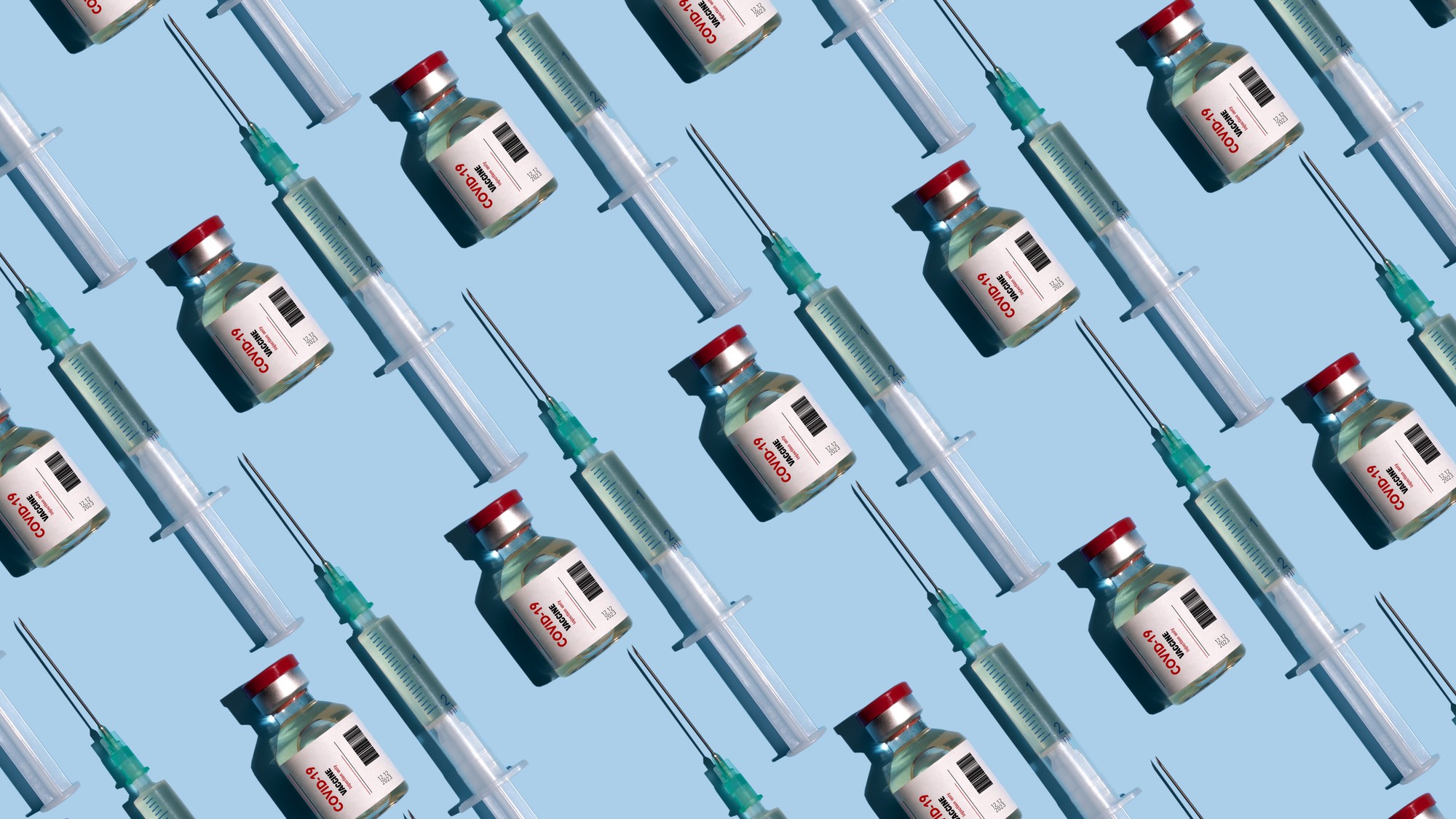 Covid-19 mRNA vaccines could help fight cancer
Covid-19 mRNA vaccines could help fight cancerUnder the radar They boost the immune system
-
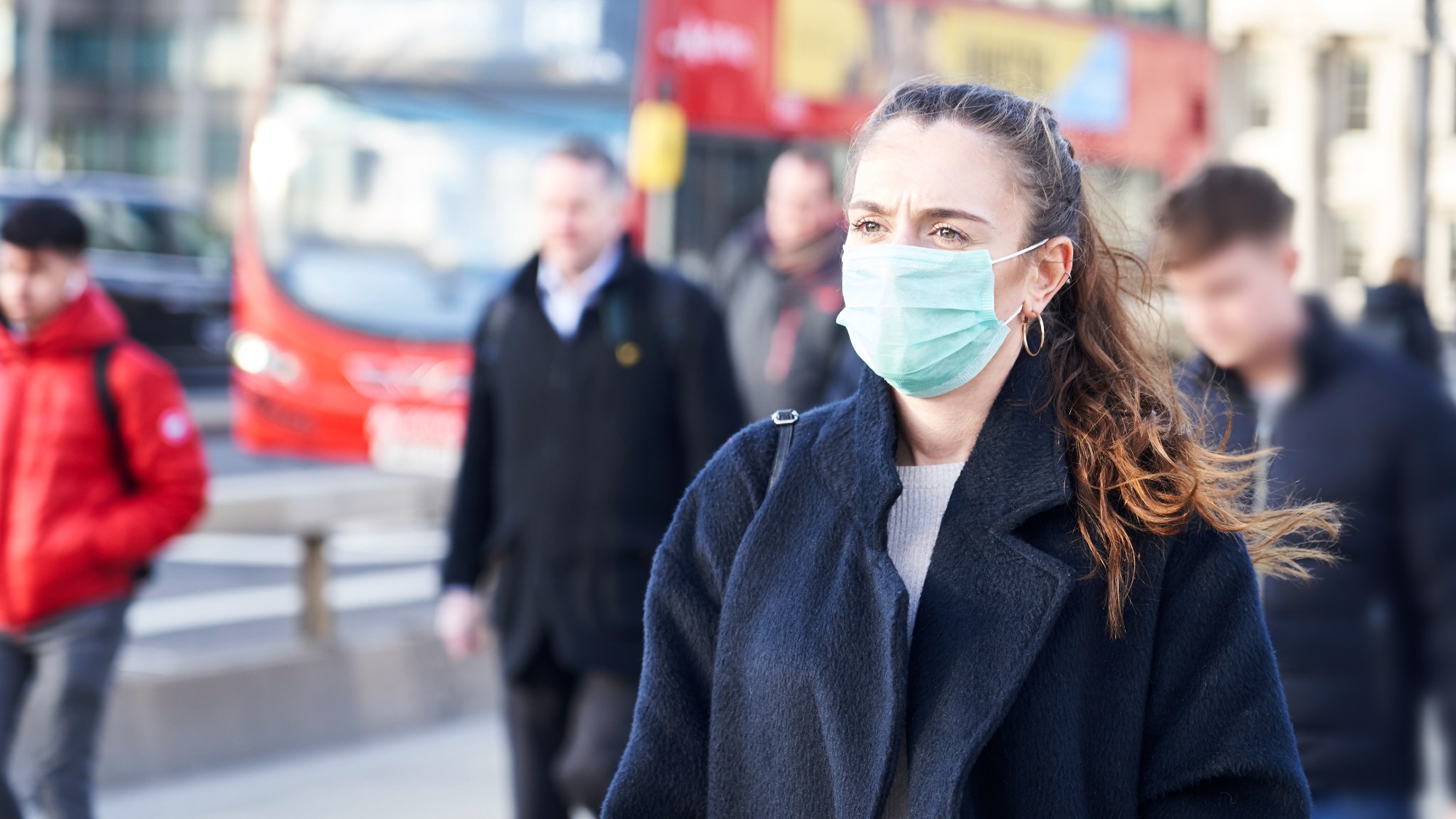 The new Stratus Covid strain – and why it’s on the rise
The new Stratus Covid strain – and why it’s on the riseThe Explainer ‘No evidence’ new variant is more dangerous or that vaccines won’t work against it, say UK health experts
-
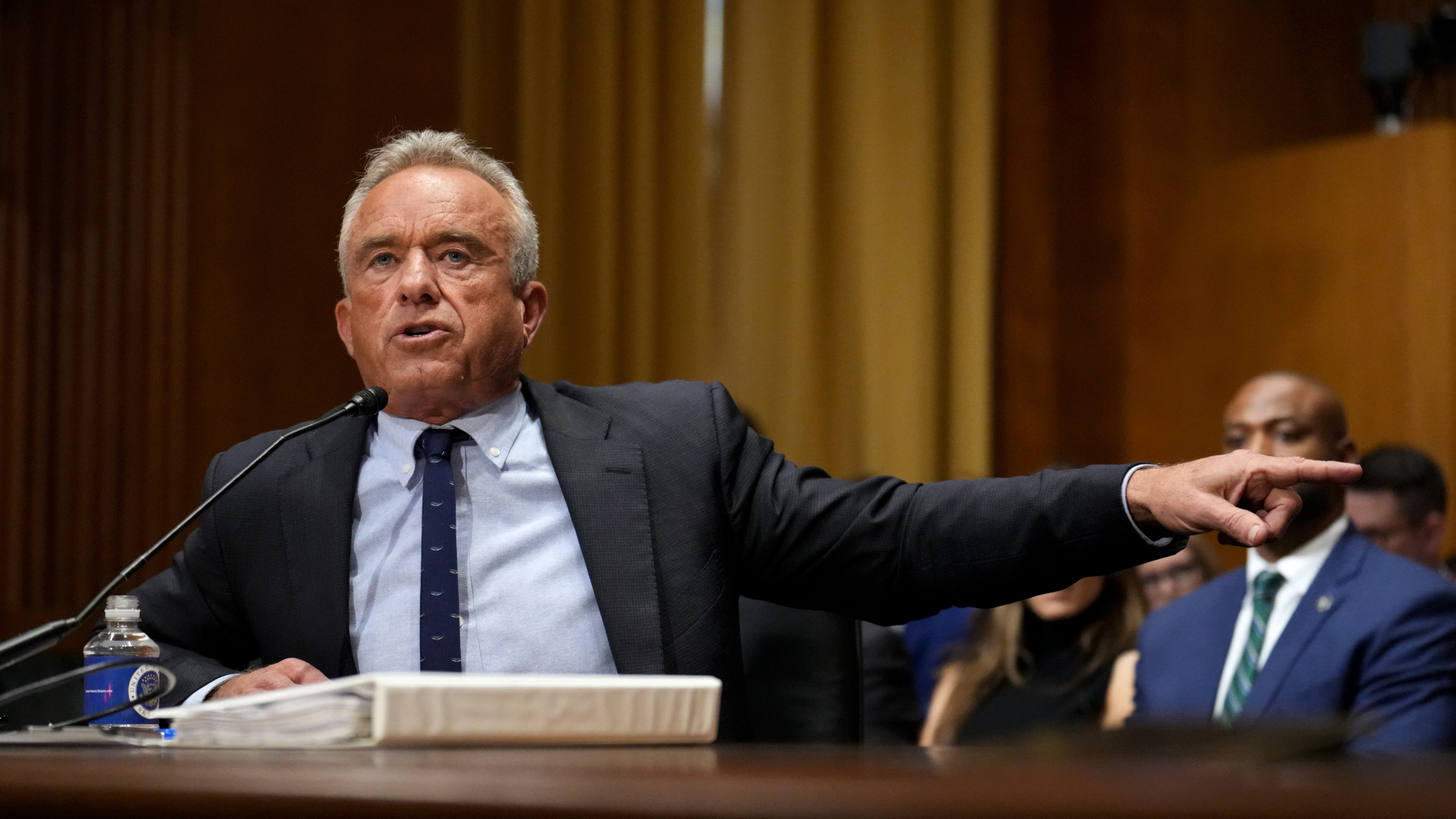 RFK Jr. vaccine panel advises restricting MMRV shot
RFK Jr. vaccine panel advises restricting MMRV shotSpeed Read The committee voted to restrict access to a childhood vaccine against chickenpox
-
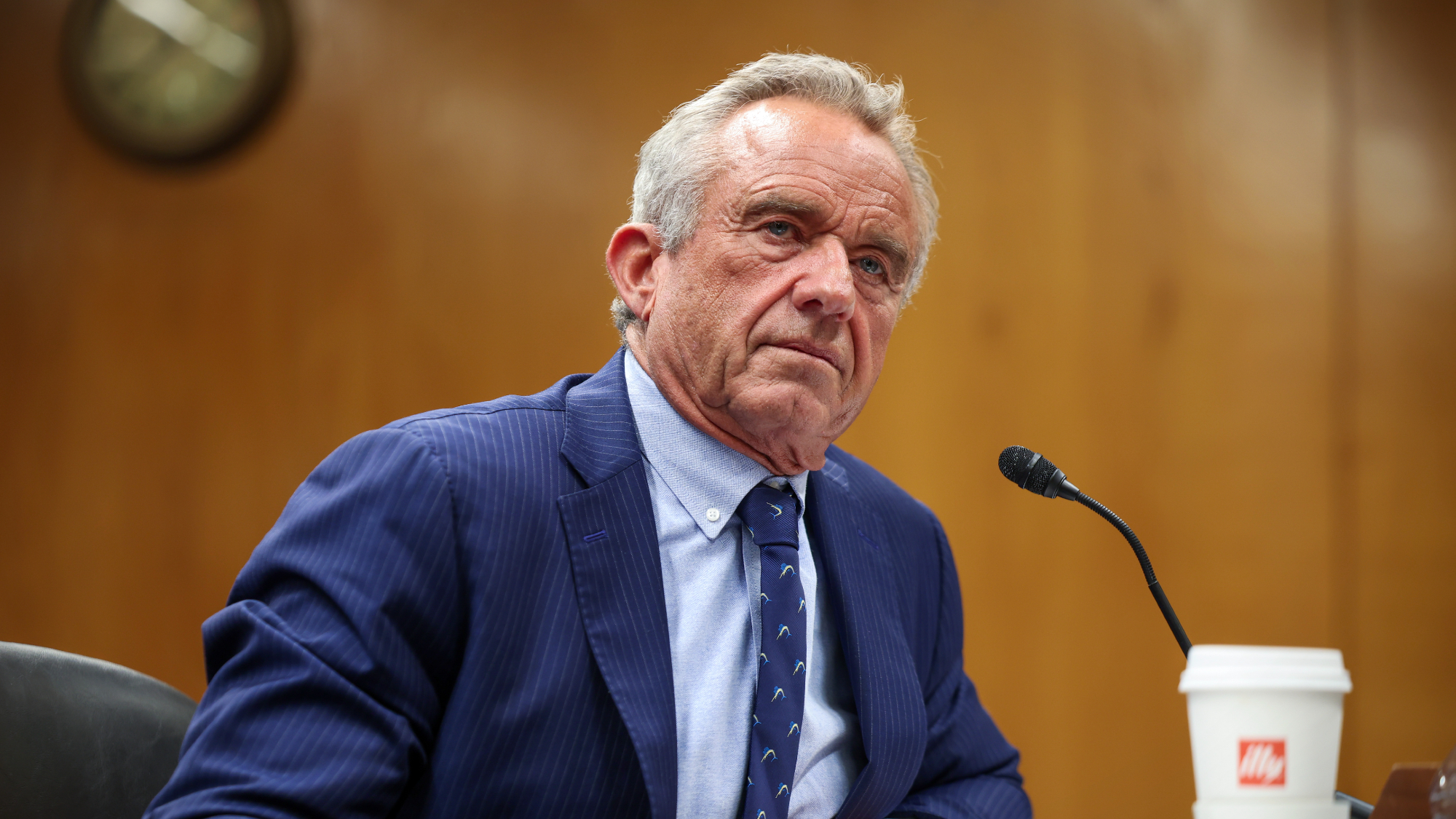 RFK Jr. scraps Covid shots for pregnant women, kids
RFK Jr. scraps Covid shots for pregnant women, kidsSpeed Read The Health Secretary announced a policy change without informing CDC officials
-
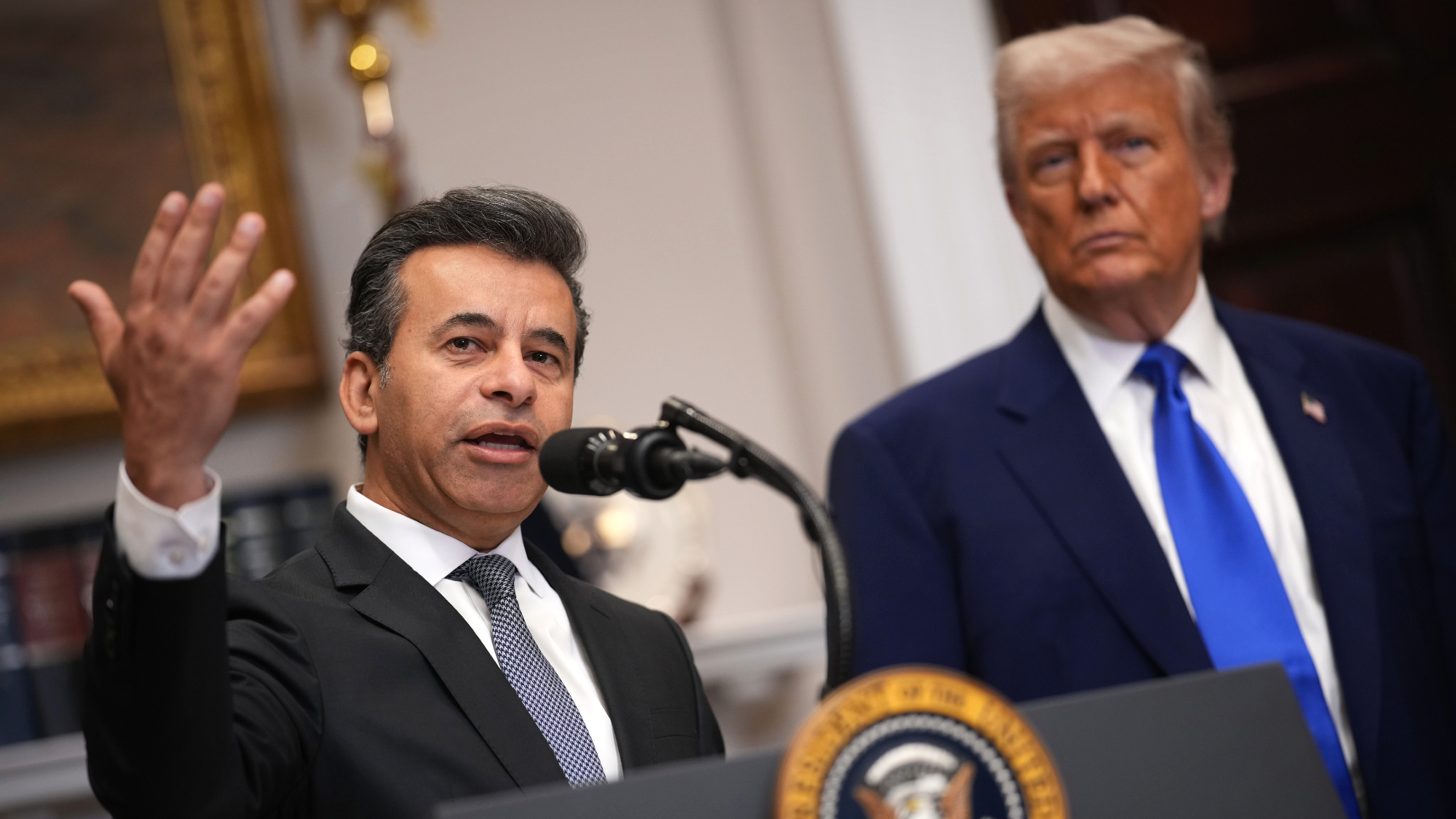 New FDA chiefs limit Covid-19 shots to elderly, sick
New FDA chiefs limit Covid-19 shots to elderly, sickspeed read The FDA set stricter approval standards for booster shots
-
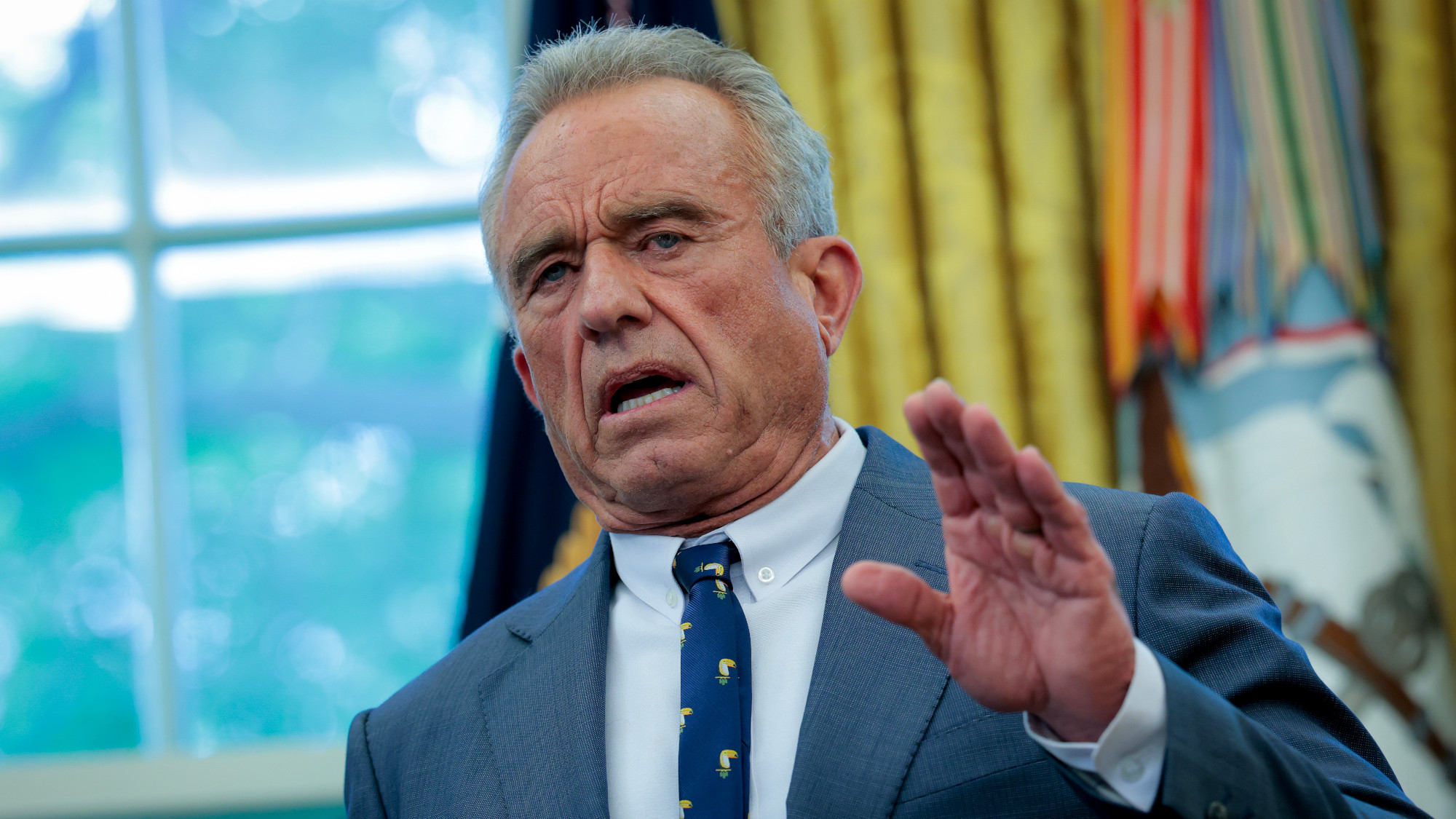 RFK Jr.: A new plan for sabotaging vaccines
RFK Jr.: A new plan for sabotaging vaccinesFeature The Health Secretary announced changes to vaccine testing and asks Americans to 'do your own research'
-
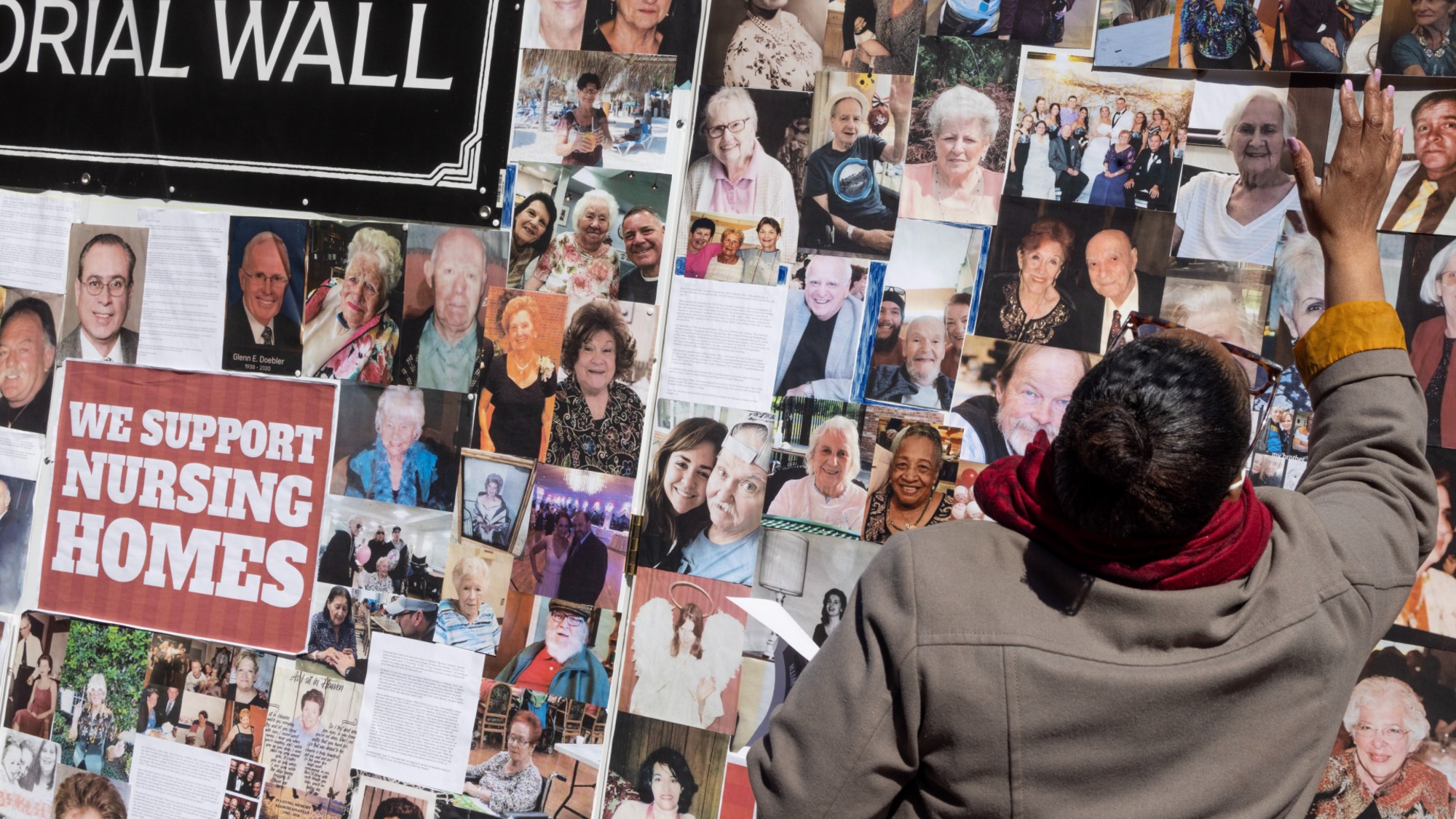 Five years on: How Covid changed everything
Five years on: How Covid changed everythingFeature We seem to have collectively forgotten Covid’s horrors, but they have completely reshaped politics
-
 HMPV is spreading in China but there's no need to worry
HMPV is spreading in China but there's no need to worryThe Explainer Respiratory illness is common in winter
